Leopard
Oil on canvas, signed lower left
130 x 97 cm
René Gruau was born in Rimini in 1909. Since his early age, his first wish is to become an architect. However, the young artist has to make a living and through one of his mother’s acquaintances, he publishes his first fashion drawings in the Milanese magazine Lidel. Self-taught, Gruau is only 15 years old.
René Gruau moves to Paris in 1928 and begins working for magazines such as Le Figaro or the hat magazine Marianne. He meets the young Christian Dior, with whom he will build a long friendship.
Gruau works with some of the biggest fashion magazines such as Vogue, Femina, Marie-Claire, Silhouettes, The Official Couture ... He draws iconic pieces for Balenciaga, Fath, Piguet, Givenchy, Molyneux, Rochas ...
During the Second World War, Gruau who does not take part in the conflict eventually reaches Cannes where some of the haute-couture houses continue to produce, including Marie-Claire from whom he receives commissions for illustrations. At the end of the conflict, René Gruau is back in Paris, while his friends Christian Dior and Jacques Fath are about to open their own fashion houses.
In 1948, René Gruau moves to the US where he works for Harper's Bazaar and agrees to be the exclusive designer of the new magazine Flair, which has just been launched by Fleur Cowles. Deeply attached to his artistic freedom, he decides nevertheless to return to France.
In 1947, René Gruau and Dior sign an important collaboration that will last until the mid-1980s. At Dior, he is responsible for the advertising campaign of the brand's first perfume, Miss Dior. Subsequently, he creates some emblematic ads for Diorama, Diorissimo or Eau Sauvage. The Dior brand, which is gaining momentum, opens lingerie and cosmetics branches. The house gives Gruau the artistic autonomy the artist is seeking and therefore leads him to produce one of the most iconic images of the century.
Consequently, advertising takes a prominent part in the illustrator’s work. Over the decades, Gruau’s lines, curves, bold colours and daring smiles embody what we see today as the “elegance à la française”.
While Rouge Baiser is today one of Gruau’s most famous work, at the time he also produces timeless illustrations for Balmain, Jacques Griffe, Lucien Lelong, Jacques Fath, Elizabeth Arden, Payot, Peggy Sage, Givenchy and the Bemberg, Dormeuil and Ortalion firms, the Noveltex shirts or the Pellet shoes ... He signs the campaigns of the legendary Parisian cabaret: Lido and Moulin Rouge. Alongside this intense advertising activity, René Gruau continues to draw for some fashion magazines such as International Textiles or Sir.
During nearly sixty years, René Gruau develops a very personal style that has led some of his works to become universal representations of their time. His emblematic lines, vivid contrasts between ink and bold colours, as well as his elegant feminine silhouettes, have been a significant influence on the following generation of fashion designers and illustrators. And yet, his work seems ageless.
At the end of his life, René Gruau’s artistic production moves away from the feminine field that he spent his career to magnify.






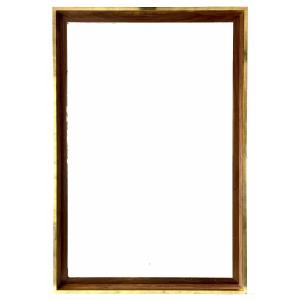

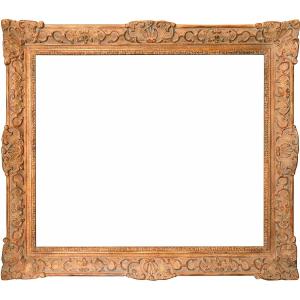
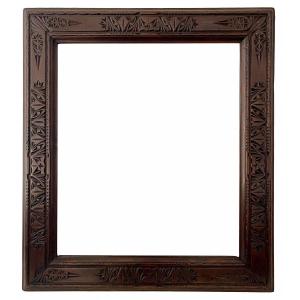
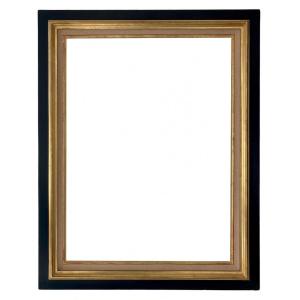
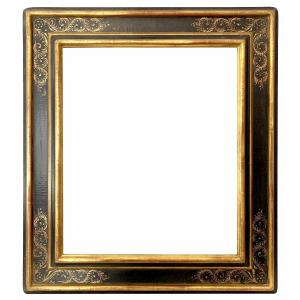




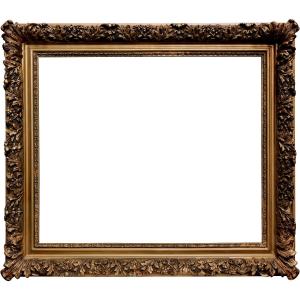


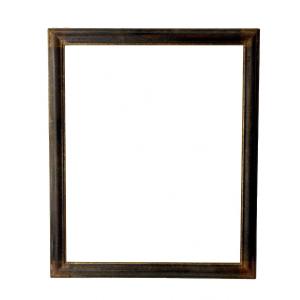
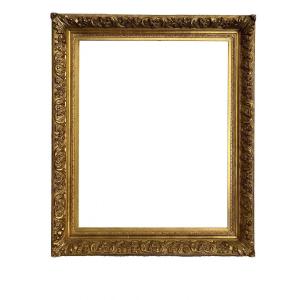
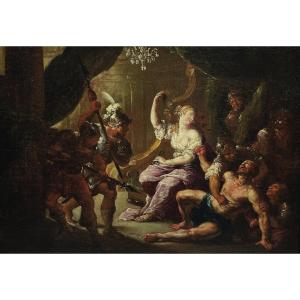



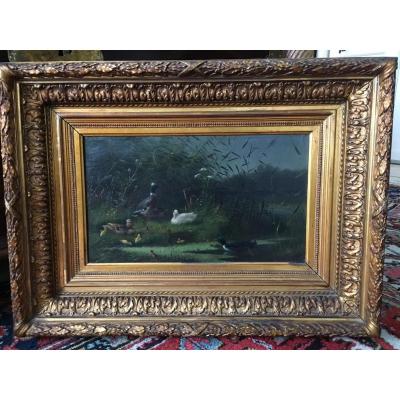



 Le Magazine de PROANTIC
Le Magazine de PROANTIC TRÉSORS Magazine
TRÉSORS Magazine Rivista Artiquariato
Rivista Artiquariato